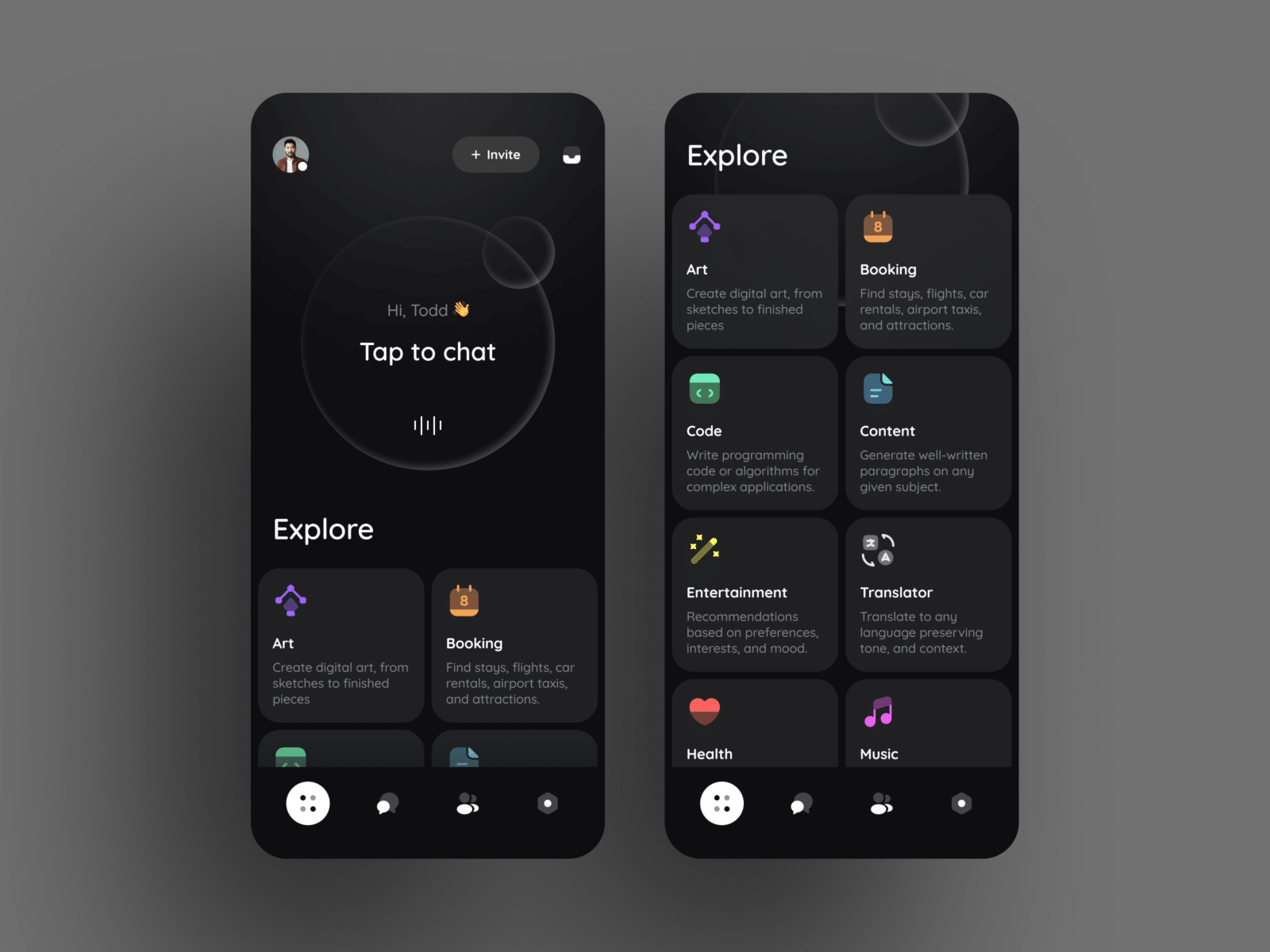There are many frameworks for web application development. So, the developers are often confused about selecting the right one for their web development projects.
The selection is indeed difficult, but not so for experienced developers who have tried and tested different frameworks. While Creative27 is fluent and has a plethora of experience and expertise among all popular web development frameworks, it is our goal to select the right framework that best fits the project we’re working on.
The first thing is to find the best frameworks for the language that you are using for your project. Then there are characteristics of each framework that help you select the one suitable for your project. So, here are the main features of the top web development frameworks of 2020.
1. Spring
Ask the Java developers, and they will tell you why they prefer the Spring framework! Spring is a very simple framework. So, while Java has so many wonderful frameworks available, Spring has continued to dominate over the years.
Spring is modular. The modules of Spring allow easy access to the tools needed to build different categories of functions in the application, such as testing, integration, data access, and a lot more.
As predefined templates are available for commonly used functions in Spring, the user need not waste time exploring, and can conveniently create functionalities with minimal coding.
Spring is very simple; you can get accustomed to it in very little time, and with just a few days of practice. Moreover, since the framework is commonly used, you will also find good support from the community.
2. Django
Django is a cross-platform, Python-based, open-source web development framework. It is used for the fast development of APIs and web applications.
Django gives excellent backward compatibility. It is DevOps compatible, DRY & KISS compliant REST framework, so a full-fledged API can be made with just a few lines of code.
Django is also versatile for a variety of functionalities. Django batteries are ready-to-use packages available for import that help for almost all features, thus avoiding complex and time-consuming coding for different functionalities. Django is also easily customizable and very secure.
The biggest perk for the developers using Django is that it has excellent documentation and community support. This time-tested very old framework suits a wide range of applications.
3. Rails
Rails is an MVC framework, facilitating clean coding and well-structured application development. Rails has a variety of web development tools to support the different aspects of web application development.
Rails has a smooth learning curve. The language Ruby, used with Rails, has so many useful libraries and plugins that make it convenient for beginners to do web application development. RoR is also very good for prototyping.
The biggest reason why developers prefer the Rails framework is that it makes code updates easier and hassle-free. So, RoR is perfect for developing e-commerce sites and database management systems.
4. Laravel
Laravel is an open-source PHP framework for backend development. It follows the MVC architecture.
The most significant advantage of Laravel is Blade Templating, which is the use of predefined templates for coding of complex functionality. It helps the developers save time by making coding quick and hassle-free. This is also helpful for building high-quality progressive web applications.
Security is further a significant benefit of the Laravel web development framework. It gives excellent authorization and authentication management.
Laravel offers very good error handling and facilitates hassle-free database migration.
Localization is the current trend in web development, and Laravel is very good for building multilingual applications.
Laravel has so many benefits and very powerful community support. This makes it a very widely used web development framework.
5. Angular
Supported by Google, Angular is one of the best JavaScript frameworks available for frontend web development.
Angular is the preferred framework for building complete client-side applications. It is also very good for single-page application development. It is commonly used for native applications and progressive applications.
The two-way data binding feature of Angular synchronizes the model and the view after every change in one of them. So, updating the model and view are convenient, even in large and complex applications. This is one crucial feature of Angular that receives appreciation from the web application developers.
6. Ember
Ember is one of the most popular open-source JS frameworks. It is excellent for creating multi-page web applications.
Ember has advanced version management and has its own bug fixing tool known as Ember Inspector.
So many prefer Ember for complex and large projects as it gives easy scalability. It also offers client-side rendering and structure for scaling the application above the view layer.
Ember gives backward-compatibility to applications, so the updates are easy and error-free. It also facilitates two-way data binding. For better control, it has CLI tools.
Ember has excellent, well-structured, and clear documentation to support the developers when they need help.
7. Express
Express is a cross-platform Node.js web application development framework. It is particularly useful for complex applications that demand third-party integrations as it allows easy integration. And, it also gives developers the flexibility of choosing the best third-party integrations.
A significant advantage of Express is that you can use the simple JavaScript language to code both frontend and backend. Express also supports NoSQL databases. And, it allows very speedy web application development.
Express offers easy scalability of your application. So, you can consider it for projects which are expected to require upscaling.
Express has very good documentation and firm open-source community support. This is the reason developers would choose it for application development.
Need I say more about Express when the top brands such as PayPal and GoDaddy are using Express for their backend development?
Wrapping Up!
To summarize, the first criteria for selection of the right framework for web development are your specific requirements. Different frameworks are suitable for different languages, and at times, two different frameworks might do equally well for a language.
But your experience with one framework makes it feasible for you to choose that one, also to avoid wasting time getting accustomed to the new framework. So, no matter how many frameworks are available, if you have identified the one that you have successfully used in your previous projects, you can continue using the same. For example, we at Creative27 have identified the best frameworks for web development after a significant experience. So, now we know which one should be selected for what type of project.
Research, trial-and-error, and testing of different web development frameworks to find the one that is best for you is a time-consuming process. Although this article will give you a basic idea of the most preferred web development frameworks in the market, you will have to put a lot of effort into identifying the best web development framework to match your requirements.
Are you still confused? We are here to help with your web development needs!
Author Bio
Jin Markov is a Content Writer with GoodFirms, a research firm in the USA. He has an experience of 6 years and has been writing on web development.












